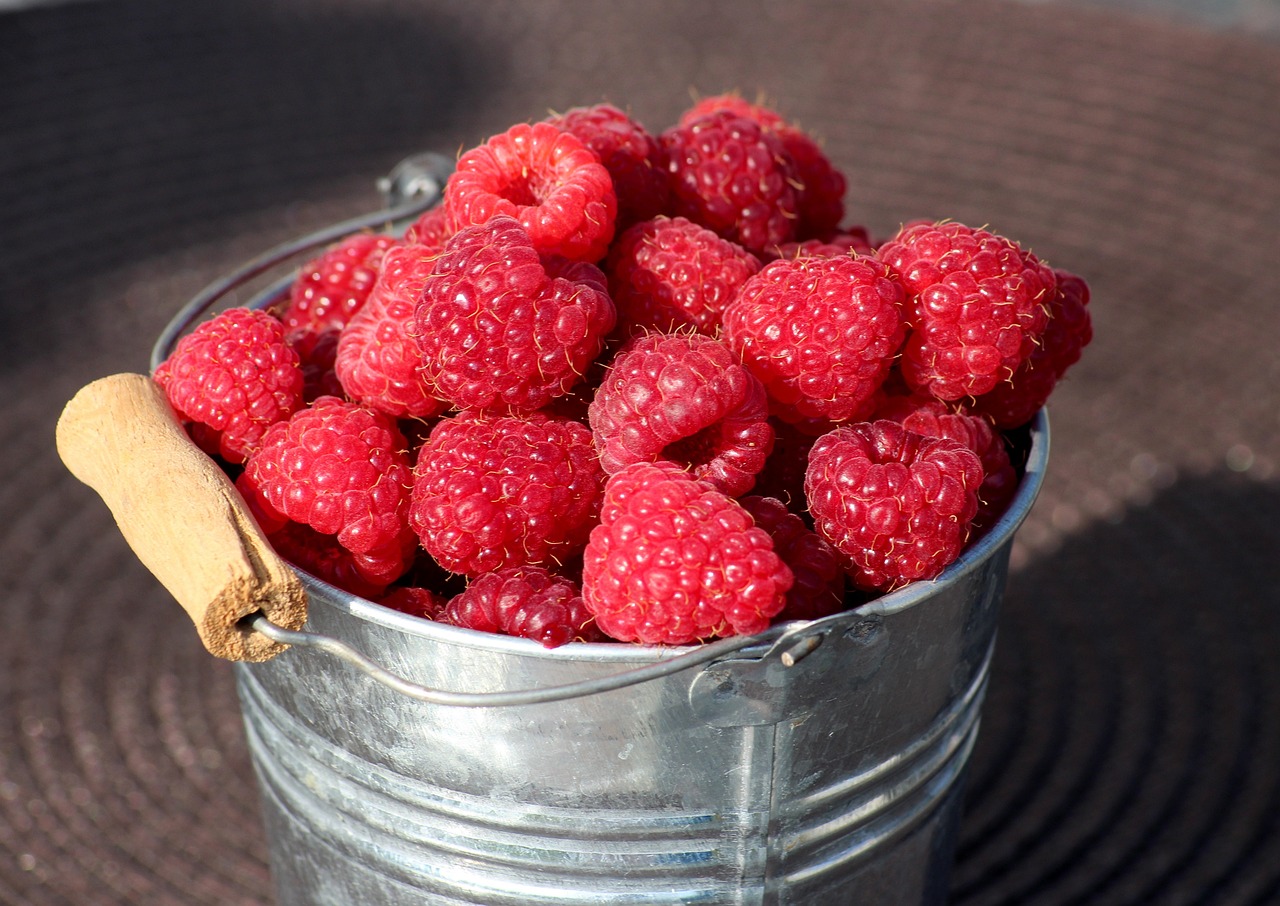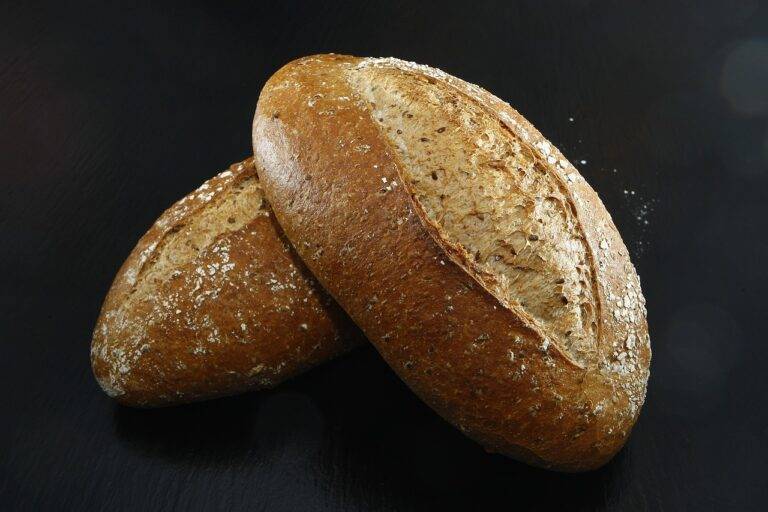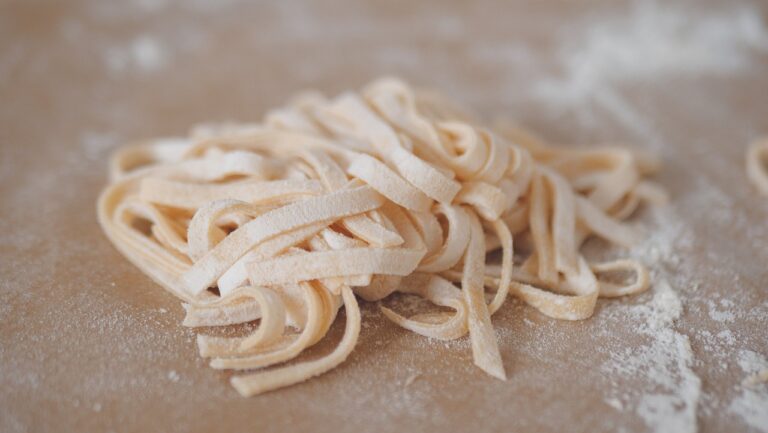The Future of Food: 3D Printing and Beyond
3D printing technology has made significant strides in revolutionizing the food industry, offering innovative solutions for chefs, manufacturers, and consumers alike. By utilizing specialized food-grade materials, intricate food designs can be created layer by layer, allowing for customization and personalization like never before. The process involves translating digital models into physical edible creations through the precise deposition of materials, paving the way for a new era of culinary possibilities.
In addition to enhancing creativity, 3D printing in the food industry presents opportunities for efficiency and waste reduction. With the ability to optimize ingredient use and minimize production time, this technology can streamline food manufacturing processes and improve sustainability practices. As the capabilities of 3D printing continue to evolve, the potential for creating unique textures, flavors, and presentations is expanding, shaping the future of how food is prepared, served, and enjoyed.
Current applications of 3D printing in food
3D printing technology has made significant strides in the food industry, with various applications emerging to revolutionize the way we think about food production. One of the most popular applications is the creation of personalized confectionery items, such as chocolates and candies. Using specialized 3D printers, chefs and food manufacturers can craft intricate designs and shapes that were previously impossible to achieve by hand.
Another exciting application of 3D printing in food is the production of customized nutritional products. By precisely controlling the ingredients and composition of food items, 3D printing technology allows for the creation of tailored nutritional options to meet individual dietary needs. This innovation not only caters to specific nutritional requirements but also opens doors for personalized dietary plans based on an individual’s health goals and preferences.
What is 3D printing in the food industry?
3D printing in the food industry is the process of creating edible food products using additive manufacturing technology.
What are some current applications of 3D printing in food?
Some current applications of 3D printing in food include creating customized chocolates, cakes, candies, and even personalized nutrition bars.
How does 3D printing in food work?
3D printing in food works by using a specialized printer that extrudes edible materials layer by layer to create a three-dimensional food product.
Is 3D printed food safe to eat?
Yes, 3D printed food is considered safe to eat as long as the materials used are food-grade and the printing process is done in a clean and controlled environment.
Can 3D printing in food benefit the food industry?
Yes, 3D printing in food can benefit the food industry by allowing for more customized and personalized food products, reducing food waste, and enabling chefs to experiment with new culinary creations.







